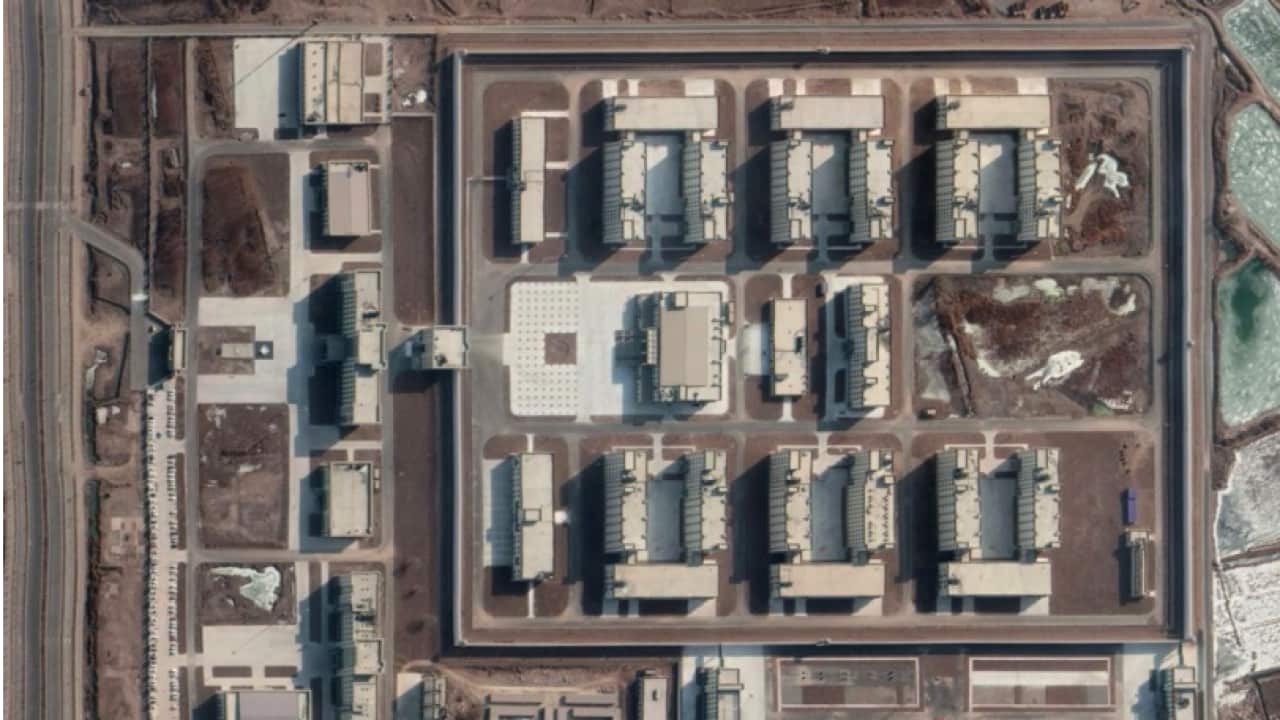Almost two-thirds of mosques in the Chinese province of Xinjiang have been destroyed or damaged, a new Australian-led report shows.
The Australian Strategic Policy Institute (ASPI) on Friday released a research report into the destruction of Islamic and Uyghur sites in Xinjiang.
Chinese authorities have been condemned by the Australian government and human rights groups for their treatment of Muslims in the province, including arbitrary detention, surveillance and forced labour.
Using satellite imagery analysis, the research found the demolition of sites may be far more widespread than previously thought.
Lead author Nathan Ruser estimated 35 per cent of mosques have been demolished and a further 30 per cent damaged in some way.
The damage usually involves the removal of Islamic or Arabic architectural features such as domes, minarets or gatehouses.
"We estimate approximately 16,000 mosques have been damaged or totally destroyed throughout Xinjiang," he said.
"The majority of demolished sites remain as empty lots."
As well, about a third of important Islamic cultural sites - such as sacred shrines, cemeteries and pilgrimage routes - across southern Xinjiang have been demolished since 2017, with an additional 28 per cent damaged or altered in some way.
"Our dataset and analysis provides the first estimates of the scope and scale of cultural genocide in Xinjiang, and the tragic results of the Chinese government's efforts to 'sinicise', 'rectify', and in some cases, outright erase the tangible and sacred culture of the Uyghur people and non-Han nationalities in the region," Mr Ruser said.

Chinese authorities have been condemned by Australia and other countries for their human rights abuses. Source: AP
The ASPI said it had identified more than 380 "suspected detention facilities" in the region, where China is believed to have detained more than one million Uighurs and other mostly Muslim Turkic-speaking residents.
The number of facilities is around 40 per cent greater than previous estimates and, according to researchers, has been growing despite China's claims that many Uighurs have been released.
Using satellite imagery, eyewitness accounts, media reports and official construction tender documents, the institute said, "at least 61 detention sites have seen new construction and expansion work between July 2019 and July 2020".
Fourteen more facilities were under construction in 2020 and around 70 have had fencing or perimeter walls removed, indicating their use has changed or they have been closed.
Beijing recently published a white paper defending its widely-condemned policies in Xinjiang, where it says training programmes, work schemes and better education mean life has improved.
It has previously defended the so-called training centres as necessary to stamp out extremism.











